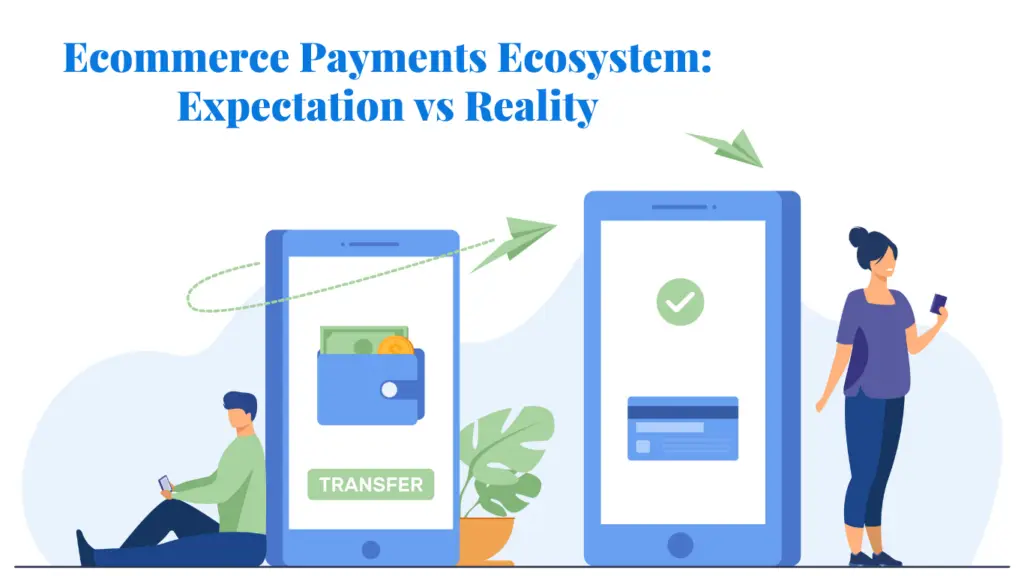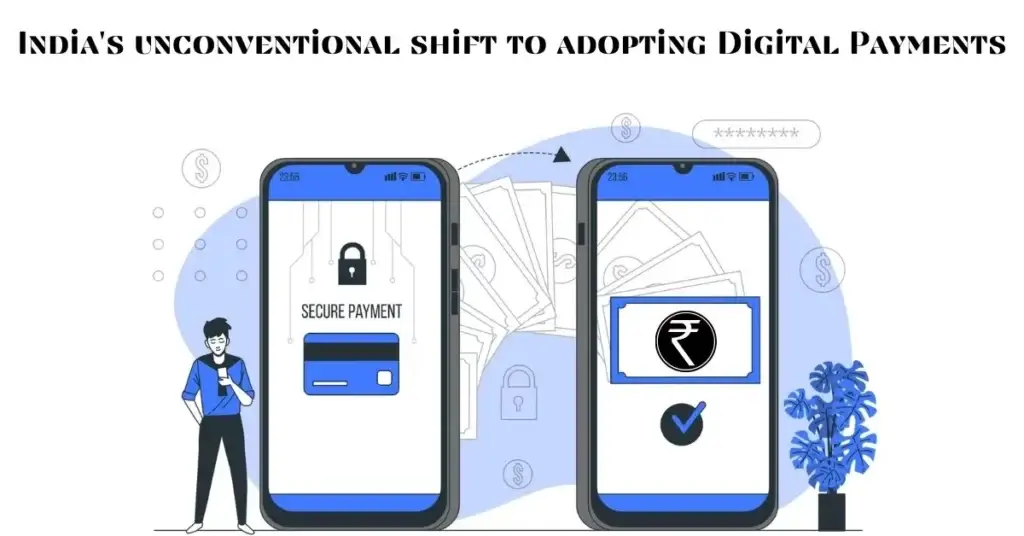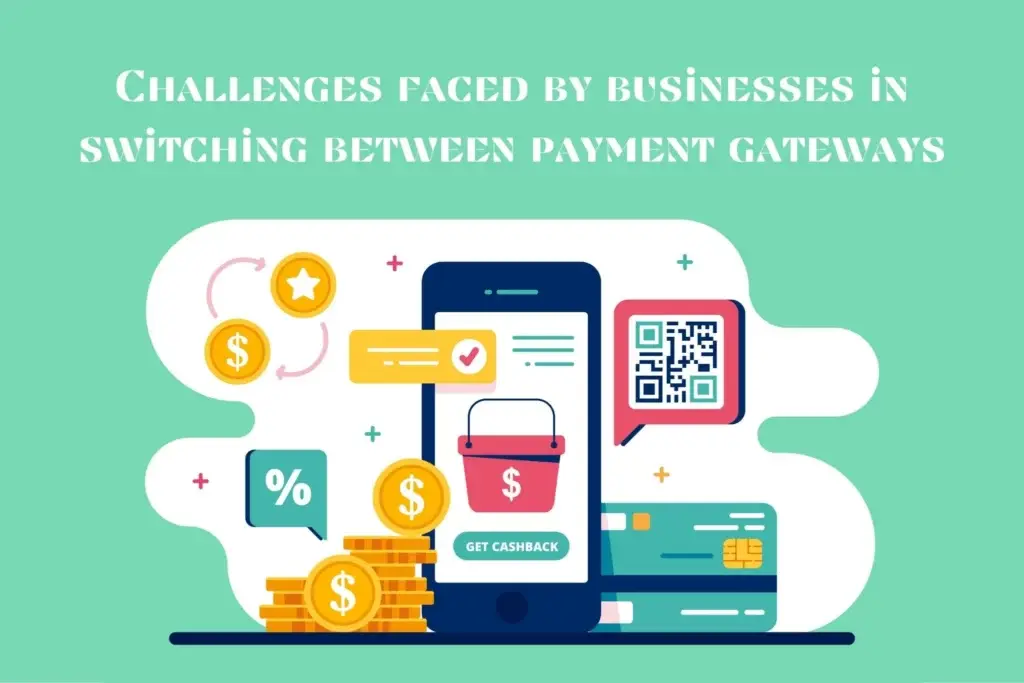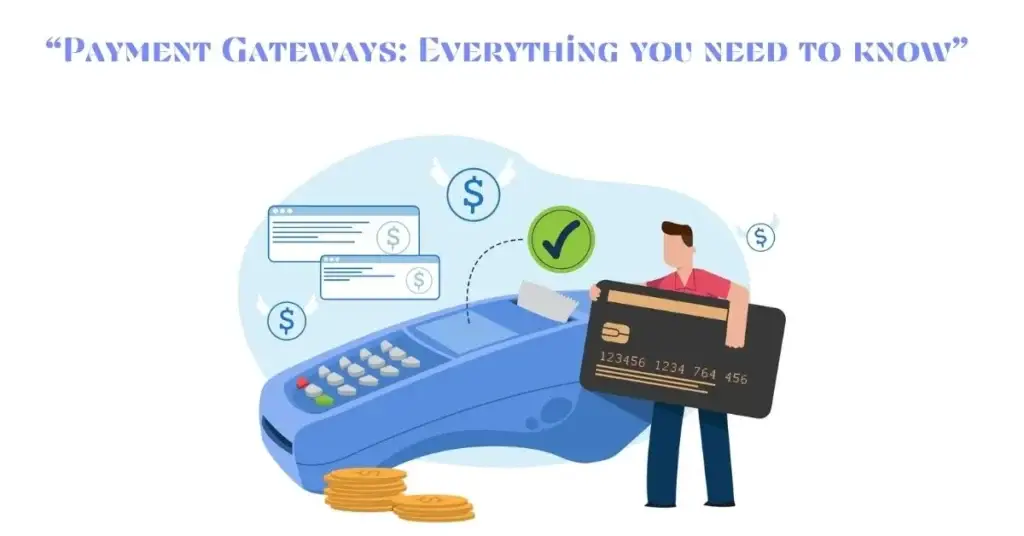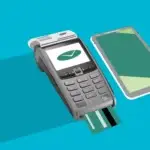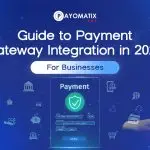An IBAN is a one-of-a-kind code. It is also used to determine the exact bank account for cross-border payments.
Possessing your beneficiary’s IBAN is essential. In order to ensure that your international payment gateway solution reaches its intended destination safely.
In case of doubt and using an incorrect IBAN, the beneficiary bank will refuse the payment.
You’ll have to pay a fee to get it back from your bank.
In the long run, knowing the right IBAN can save you both time and money.
IBANs are more complicated than this, so here’s how they function.
What is the meaning of IBAN?
The IBAN is a standard worldwide numbering system for identifying an account. Accounts held in foreign countries are often identified by the IBAN. The number starts with two digits which indicate the country. Moreover, followed by two numbers and a string of alphanumeric characters.
It’s important to note that an IBAN isn’t intended to replace a bank’s account numbering. It’s intended to provide extra information. This information aids in the identification of international payment.
You must be wondering how to identify the IBAN. Let’s get into more details right away!
How to identify an International Bank Account Number (IBAN)?
Firstly IBAN is a series that consists of 34 characters. Characters both in form of numbers and letters. Note, the international bank account number is not similar to the number of bank accounts.
However, the number is consist of a mix of:
- Code for identifying a country in two letters
- Two double-check digits
- The Basic Bank Account Number can be up to 30 characters long (known as BBAN). Each country determines the BBAN format. In order to meet its own national requirement for domestic payments.
You need IBAN When you are making interbank transfers. IBAN is also used to transfer money from one bank to another. It happens all the time, especially when transferring across foreign boundaries.
Few examples of IBAN:
| COUNTRY | International Bank Account Number |
| SPAIN | ES9121000418450200051332 |
| POLAND | PL61109010140000071219812874 |
| THE NETHERLAND | NL91 ABNA 0417164300 |
| NOTE: The United States and Canada are two significant nations that don’t use the IBAN system. Although they recognize it and process payments using it. |
Hopefully that you have got an idea about how to recognise the IBAN, payment gateway solution. So stay connected and dive into some more details.
When you receive an international payment, you have to provide your IBAN to the sender. So you can either get it in your bank statement or via an online banking account.
Alternatively, to find out your IBAN you can use a digital IBAN checker. Although you need a few pieces of information beforehand. Like your account number and your sort codes.
SWIFT CODE vs. International Bank Account Number
There are two internationally recognised, standardised means of determining bank accounts when a transfer took place from one country to another:
- The International Bank Account Number (IBAN)
- The Society for Worldwide Interbank Financial Telecommunication (SWIFT) code.
The distinction between the two strategies is in the information they provide.
Internationally recognised banking standards SWIFT/BIC & IBAN are both utilised for cross-border payments.
| SWIFT CODE | IBAN CODE |
| Cross-border transactions require a SWIFT code to verify a bank. | For international transactions, an IBAN code identifies a specific account. |
| The central organisation assigns the SWIFT code | The Central organisation doesn’t play role in assigning IBAN |
| SWIFT/BIC codes are always 8 or 11 characters long and comprise a combination of numbers and letters. | IBAN has a series of 34 characters including both numbers and letters. |
How often does an IBAN become necessary?
You’ll require an IBAN whenever you make a cross-border payment. In addition to an IBAN system, you need an IBAN for your beneficiary’s bank as well.
Instruct the payment by entering the beneficiary’s account number in the field without spaces.
Along with the IBAN, you will also need at least the following details:
- The name of the account
- BIC/SWIFT code
- The beneficiary’s bank name
- Bank address
- Beneficiary’s address
Rest it depends upon the bank’s requirement.
What happens if you type in an incorrect IBAN code?
- Refused payments will be immediately returned to the sender.
- There could be a fee associated with this.
- In the case that the IBAN is correct but not valid, your money may end up in the wrong account.
When sending or receiving money, always double-check the IBAN code with your receiver or payment provider. If found in time, you may be able to terminate the transfer.
International Bank Account Number Prerequisites
The IBAN was purely created as a result of differing national standards for identifying bank accounts. Misinterpretations of crucial info from payments were common due to the many uses of alphanumeric forms to represent:
- Specific banks
- Branches
- Routing codes, and
- Account numbers.
In 1997, ISO produced ISO 13616:1997 to help with this procedure. The European Committee for Banking Standards (ECBS) issued a reduced version shortly. After claiming the ISO version’s original flexibility was impracticable. Only capital letters & a fixed-length IBAN for each country were allowed in the ECBS’s version.
| ISO STANDS FOR the International Organization for Standardization |
From 1997 to the present, ISO 13616:2003 is the new ECBS version, replacing the prior ECBS version. In a later version, published in 2007, IBAN elements were required to make international data processing easier. In both the financial and non-financial businesses. It does not, however, specify any standard rules. File organising techniques, storage media, and languages are only a few examples.
Users of an IBAN?
The IBAN was established to make electronic transfers between banks in the Eurozone easier. Since then, it has been spreading across the globe. Even though not all banks and localities have adopted the standard. Furthermore, you still may need to use a different system, such as SWIFT. The IBAN is not used for domestic money transfers in North America, Australia, or Asia. Only when transferring payment to a nation that has implemented the IBAN.
What Was the Purpose of IBAN?
IBAN was only created to prevent international payment errors and enhance verification. This happened by lowering the number:
- Rejected payments
- Transfer delays, and
- Bank penalties and fees.
Related Article: IBAN – What is it and how is it important?
How can Payomatix help you?
Payomatix customers can validate an IBAN and verify information such as
- The bank name,
- Bank address, and
- The associated BIC / SWIFT code using our IBAN checker.
Payments to your recipients are automatically processed. By using the highest currency and country of the recipient’s bank account identifiers. It happens when you add a recipient in Payomatix.
Payomatix being an all-in-one platform offers you an easy way to receive money from multiple payment gateway solution. Multiple payment gateways over a single platform. You don’t have to worry about how to manage such a hefty task. Payomatix takes the burden on itself and makes its support available for you 24*7.


